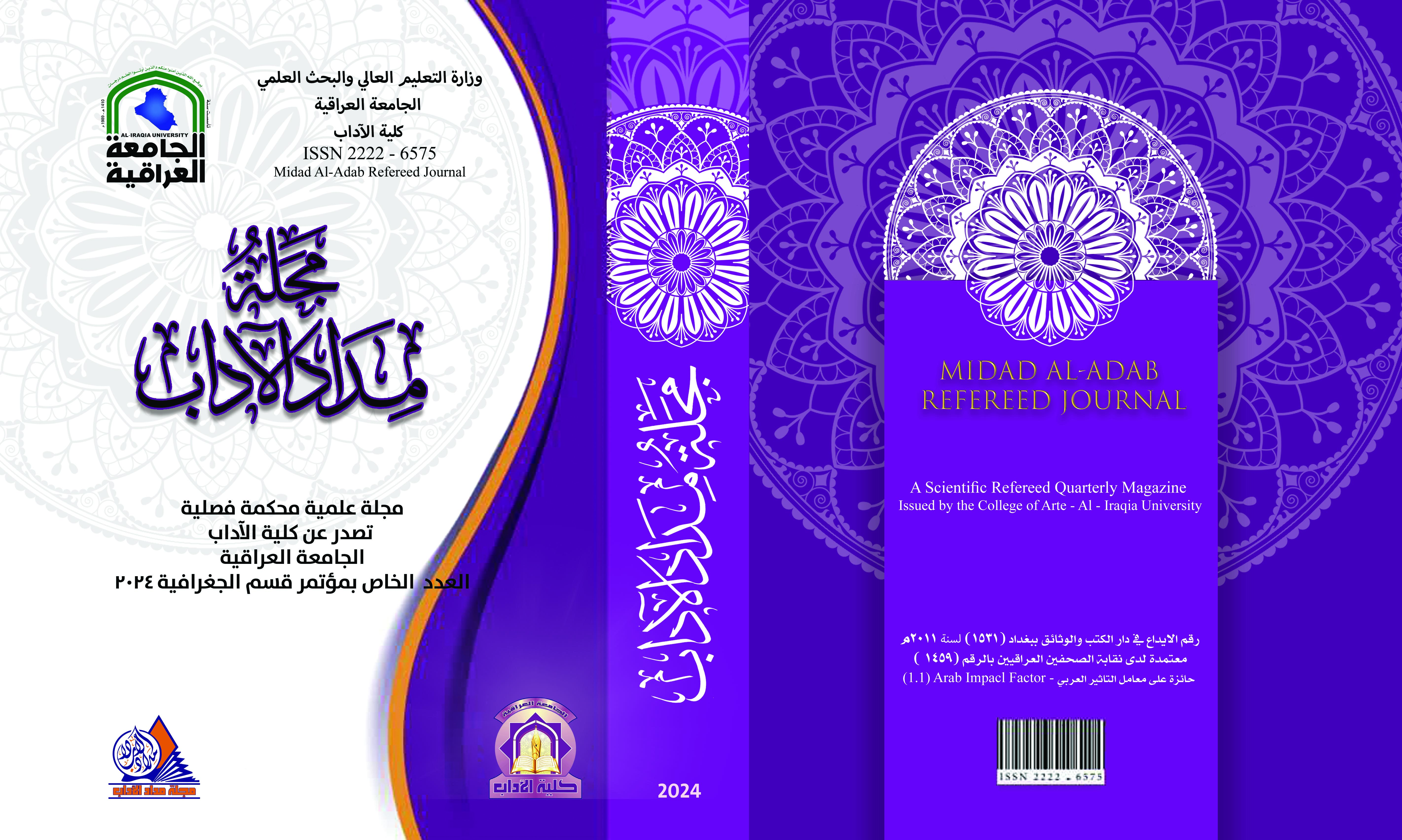Risk assessment and management on Darbandikhan Lake and its impact on environmental sustainability use pap-car modeling
DOI:
https://doi.org/10.58564/ma.v14iالعدد%20الخاص%20بمؤتمر%20قسم%20الجغرافية.1519Keywords:
Keywords: Aquatic erosion, PAP CAR model, qualitative assessment, environmental sustainabilityAbstract
The research aims to assess the extent to which Darbandikhan Lake is exposed to water erosion using the PAP/CAR model and to determine the spatial variation of this erosion. The study area is located in the northeastern part of Iraq, specifically in the eastern part of Sulaymaniyah Governorate. The PAP CAR model was used to assess water erosion by considering factors such as topography, rock type, land use, plant density, and soil protection. The study showed that the highest category of water erosion, which is classified as "very high", covers an area of 163.56 km2, representing 35.54% of the total area. This erosion is mainly distributed in the northern parts of the region. The "high" erosion category covers an area of 100.06 km2, accounting for 21.74% of the total area. The "moderate" erosion category covers an area of 133.46 km2, representing 29% of the total area. The "vulnerable" erosion category covers an area of 22.86 km2, representing 4.97% of the total area. The "very weak" erosion category covers an area of 40.27 km2, representing 8.75% of the total area. The study found that water erosion is present in Lake Darbandikhan, and that its intensity varies spatially based on factors such as terrain and rainfall. Based on the context mentioned, it can be concluded that the lake is affected by water erosion and that this erosion can affect the sustainability of the surrounding environment. Water erosion can lead to degradation of water quality in the lake, changes in soil, destruction of flora and wildlife, and water erosion may lead to a change in the shape and size of the lake itself, affecting marine life and communities dependent on the lake for subsistence and economy. In order to manage the environment and maintain the sustainability of Lake Darbandikhan, action should be taken to reduce water erosion. This can be implemented through the application of pedagogical fortification and improvement measures in transverse areas, the cultivation of soil-fixing plants, and the monitoring of the use of land surrounding the lake. Rain must also be monitored and water flow controlled to reduce flooding and water erosion. It is also important to promote environmental awareness and encourage community participation in the protection of the environment surrounding the lake.
Downloads
Published
Issue
Section
License

This work is licensed under a Creative Commons Attribution-NonCommercial-NoDerivatives 4.0 International License.








